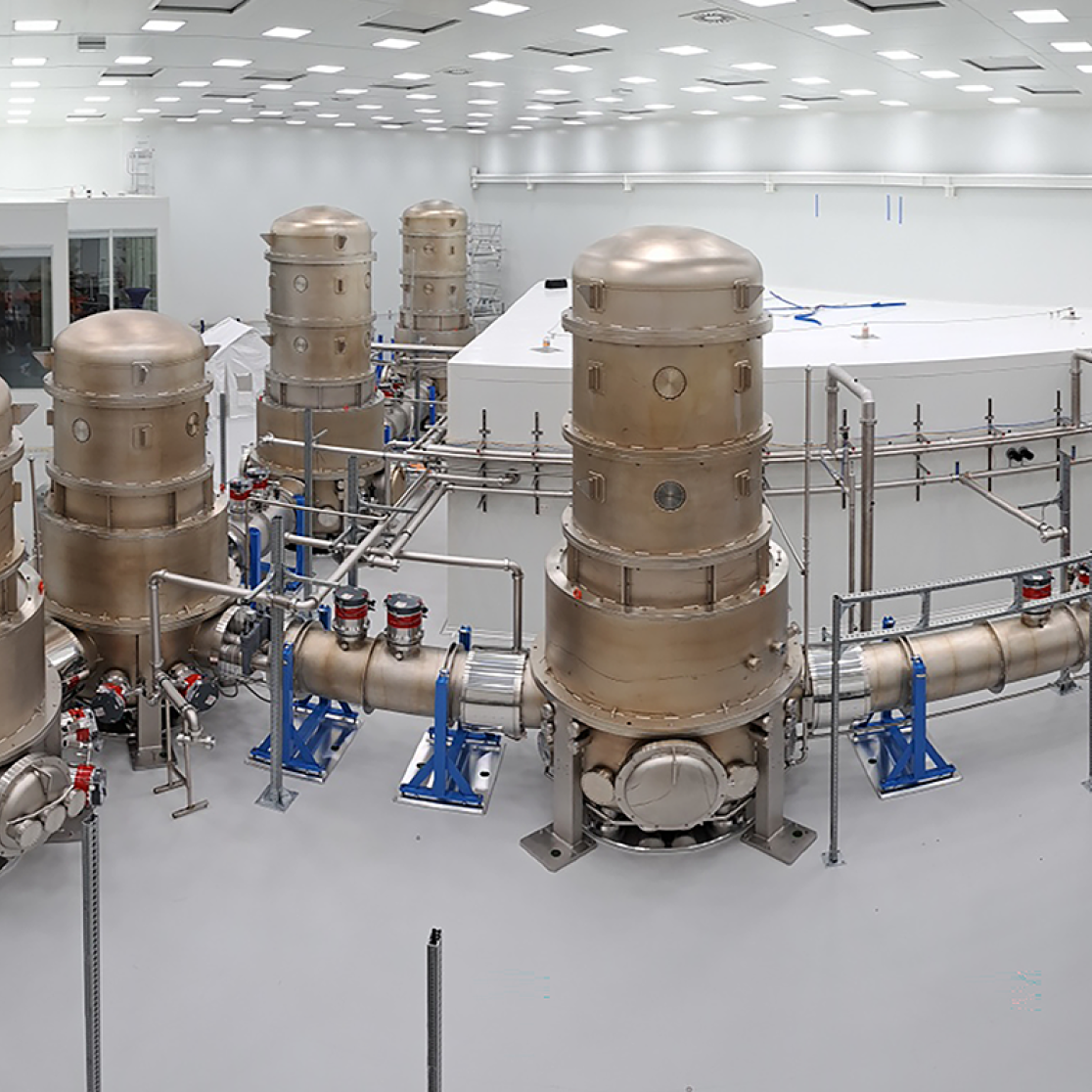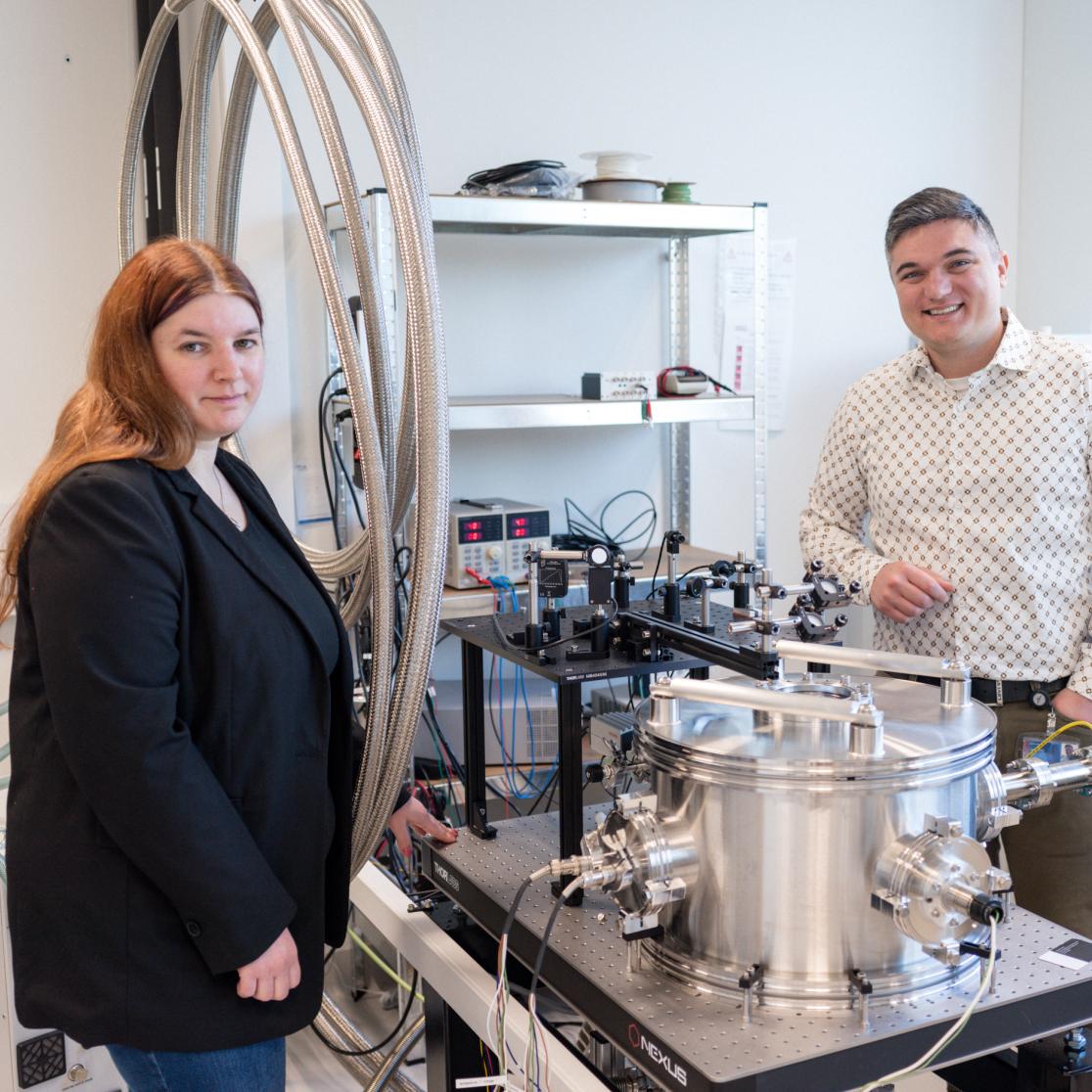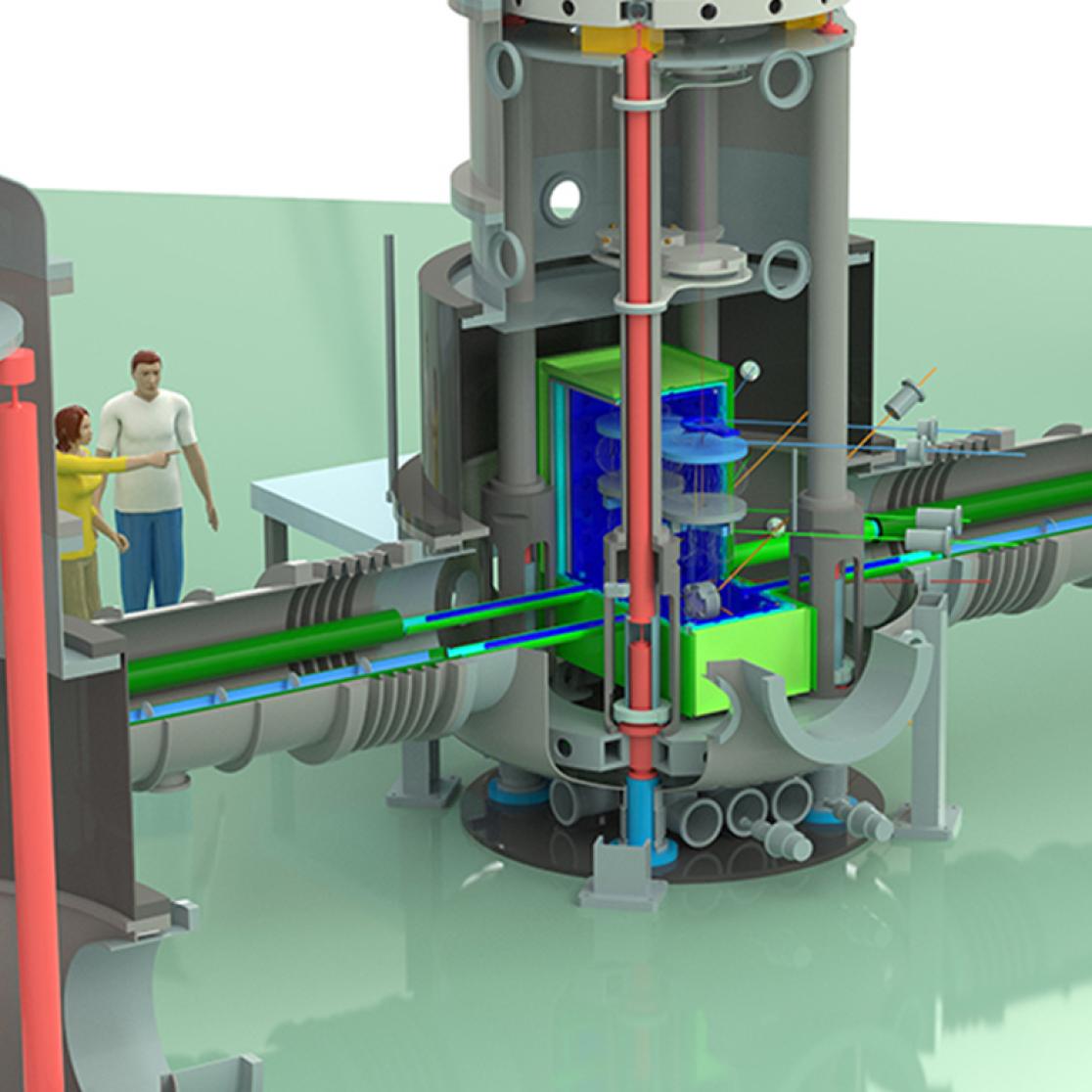Mirror Magic: wine glasses, every flavour of ice cream, and other challenges for the design of the Einstein Telescope mirrors.
When you think of a telescope, stargazing comes to mind, but the underground Einstein Telescope is different. It is all about engineering and technology. Jessica Steinlechner and Alex Amato reveal a portion of the magic they perform on only one component of the telescope: its mirrors.
"Mirror, mirror on the wall, who is the fairest one of all?" When asked this famous question, the mirrors of the Einstein Telescope would respond, "We are, by far, the fairest of all." They would be correct because they will be the most perfect mirrors ever made.
Why does the Einstein Telescope need mirrors if it is to be built underground? While ordinary telescopes can see light from other stars and galaxies, the Einstein Telescope cannot. It will measure gravitational waves that stretch the telescope by an almost immeasurable tiny amount. The only way to measure this stretching is to bounce laser beams in between perfect mirrors.
Hidden waves
"The effect of a gravitational wave on the telescope is so incredibly small that even the slightest disturbances will keep the wave hidden from our detectors," says Jessica Steinlechner, a physicist at Maastricht University's Gravitational Waves and Fundamental Physics group. To give you an idea, when she says "small," she means the movements of individual atoms forming the surface of the mirror.
To eliminate these minor disturbances, the mirror must possess specific characteristics. Let’s look at some of them.

Like music to your ears
Mechanical loss tells you how much energy an object loses when it vibrates. For example, a wine glass that rings for a long time has low mechanical loss because it does not waste much energy. “We want our mirrors to have low mechanical loss as well,” Jessica says. “This helps keep everything steady and prevents tiny vibrations that could mess with the detection of gravitational waves.”
Thermal noise
"Every object has energy, and as a result, the atoms within it will move, causing what we call thermal noise. The same applies to the mirror and the mirror surface that reflects the light. Jessica explains. "To limit the movement of atoms, we will cool the mirror to -253 oC (20 Kelvin).
High reflectivity
"A bathroom mirror is made out of glass with a thin reflective coating on the back. It reflects about 90% of the light. The mirrors of the Einstein Telescope must reflect 99.999%. Only one in every million photons (light particles) can be lost”, Jessica says.
"Einstein Telescope mirrors will be made of a big block of, for instance, silicon. On top of it, we apply several very thin alternating layers of different reflective materials." explains Alex Amato, a material scientist and researcher at GWFP. “But the currently available coatings that give the best reflectivity also have high mechanical loss. Although we lose almost no photons, we still miss the tiny gravitational waves”, he says.
The magic
Jessica, Alex, and their colleagues are looking into coating materials that will help increase reflectivity while also addressing issues like mechanical loss. New materials based on elements such as titanium, silicon, oxygen, and germanium are under investigation. Alex says: "We do this not only for the Einstein Telescope but also for the currently existing gravitational wave observatories."

Jessica Steinlechner
Jessica, an associate professor in the GWFP group, co-leads research on gravitational wave observatory mirrors with Alex Amato. She began her career studying physics at the University of Hannover. In Maastricht, she helped build the lab from scratch, even conducting initial experiments in her office.
Alex Amato
Alex began his physics career at the University of Genova. “For my master’s thesis, I researched mirror coatings, later realising they were for a gravitational wave observatory. Interested, I applied for an internship with the coating company and joined gravitational wave research. When Jessica had a job opening, I chose to work in Maastricht.”
Flavours
In the lab, next to the ETPathfinder testing facility Jessica shows an ultra-cold vacuum chamber in which mirror materials are tested. "At the moment we are looking into ice formation. At 20 Kelvin, almost everything freezes, including trace amounts of nitrogen, oxygen, and water that are left in the vacuum chamber. This creates a thin icy layer on the mirror, almost like different ‘flavours’ of ice cream. We’re investigating how these frozen layers affect the mirror’s performance," Jessica explains.
Working on the design of the Einstein Telescope is a truly interdisciplinary effort involving scientists from all disciplines around the world. Even in unexpected places, such as the Maastricht University Medical Centre, Alex finds ways to collaborate. "We work with engineers from the IDEE - Research Engineering group to create custom research setups. It's great to see these setups in action in the lab after we worked on them together.”
Step by step, scientists like Jessica and Alex work on the hard-to-solve task, and slowly but surely, they will make the Einstein Telescope a reality.
